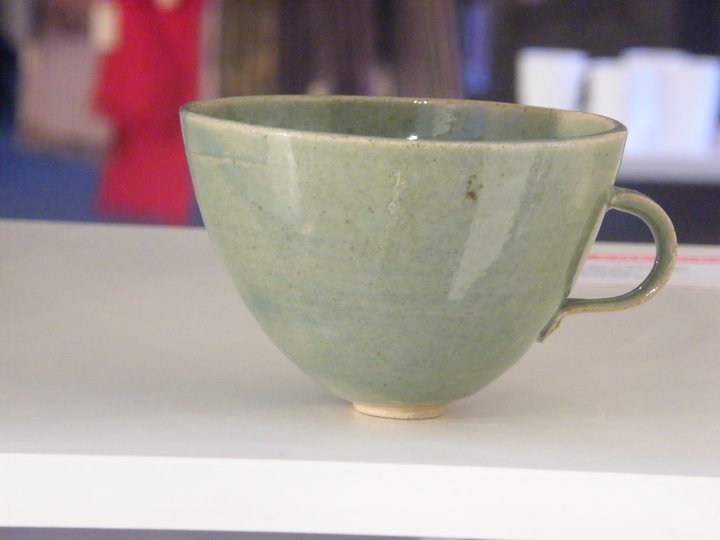Pageviews last month
Wednesday 26 October 2016
Abstract
My MA dissertation was entitled The thermal resistance of hand crushed quartz tempered pottery fron Southwest Neolithic Britain: Making pots that fail an Experimental approach. It presents a recently designated early, regional Neolithic
pottery fabric from southwest Britain, restricted to Devon and Cornwall. The
period it represents is the Mesolithic-Neolithic transition. This
fabric, which has been called large angular crushed vein quartz tempered
pottery, has early C14 dates associated it and is found in the whole range of
early Neolithic contexts. It is found in large quantities at Hembury and Raddon
causewayed enclosures. One of the issues
of incorporating large pieces of temper in pottery is whether it is acting as a
thermally resistant material or whether it may have had a symbolic significance,
over and above a purely technological function.
If it would be possible to
establish whether or not these
inclusions are an effective temper or not, i.e. prevent the pots from cracking
whilst being fired then, it may be possible to draw some conclusions or at
least offer a tentative interpretations.
Using an experimental methodology designed by myself, based on producing
and quantifying cracks in pottery, correlating the data to differing clay paste
recipes, containing Upper Greensand sand and large crushed angular vein quartz,
the aim is to confirm or suggest that the LACVQT is not an adequate thermally
resistant material. The pottery was
fired in three bonfires.
The paper and project also considers the wider archaeological questions
of distribution, the possibility of exploring the production and whole chaîne
opératoire of British southwest Neolithic pottery experimentally.
Subscribe to:
Posts (Atom)



